Cool weather crops are the first parts of the garden we start and are the last sections we harvest. With multiple plantings we can take advantage of all the seasons, creating a 4 season garden.
Many crops can tolerate colder weather and soil, and can be planted as early spring vegetables or started late in the summer to be harvested during the fall and winter months.
Cool Weather Vegetables
There are many great choices when it comes to growing your own cool weather vegetables.
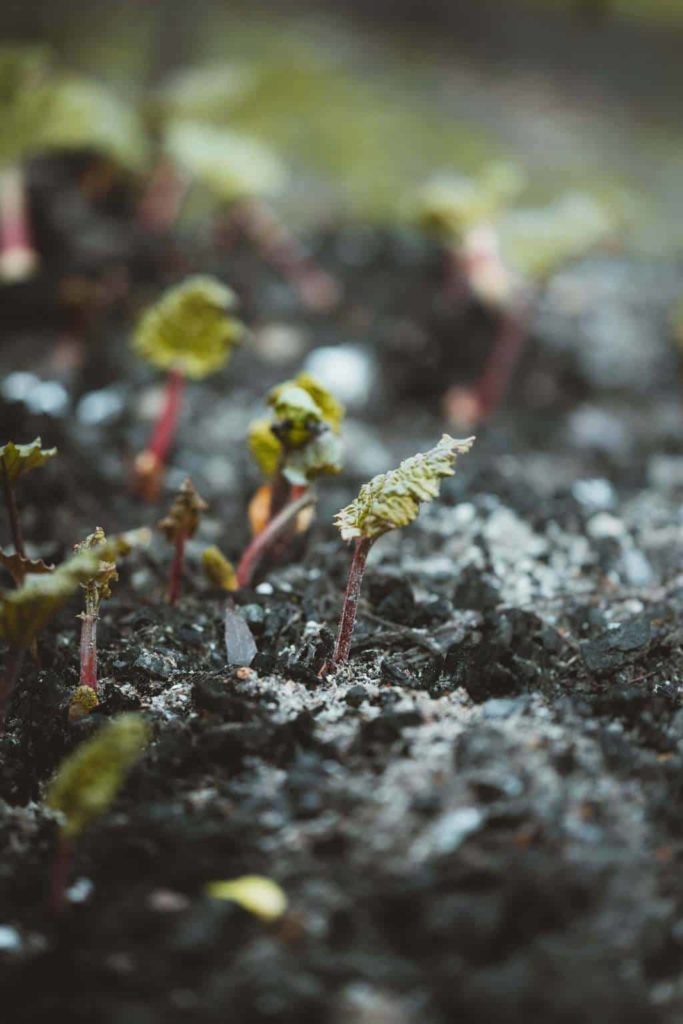
When Can I Plant My Cool Weather Crop
Cool weather crops should be planted so that they mature when the weather is still cool before the summer heat arrives. With many of these early crops extreme heat may cause them to bolt or attempt to go to seed.
If you have a cold frame you can get a nice early start on your plants. We have some great information about Cold Frame Gardening in this earlier article.
If you are planting in the garden you can warm the soil with a plastic covering before you plant the seeds. Once planted you can cover the rows with tunnels of garden fabric.
For fall and winter harvested crops, start your seeds early to mid summer.
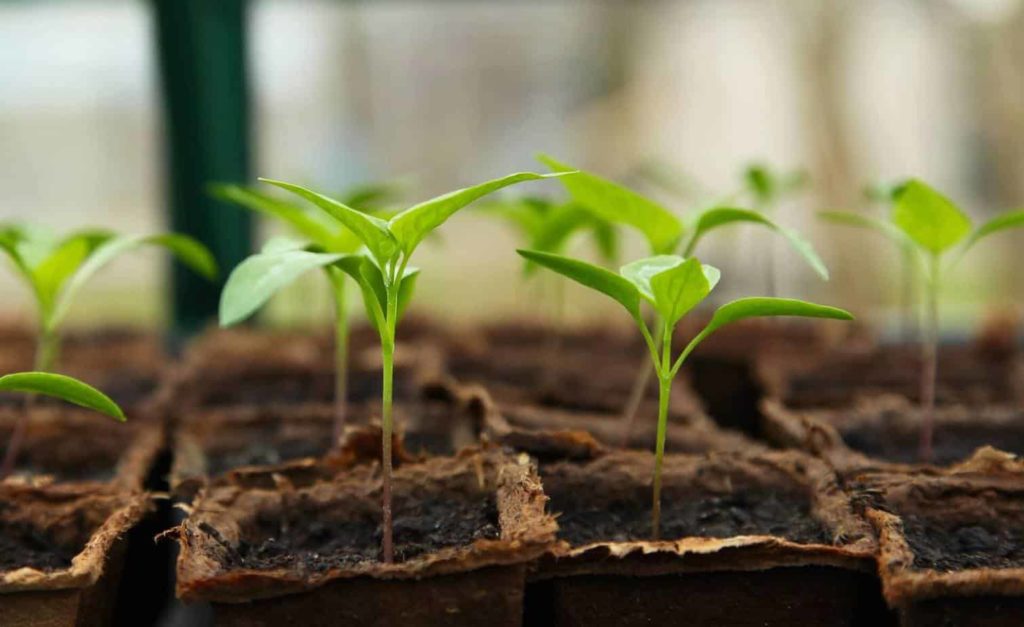
Starting Seeds Indoors
To get a super early start you may want to consider starting some seeds indoors. Garden centers and greenhouses will not have seedlings until late winter to early Spring. Starting your own seeds give you the chance for an extra early start.
Many cold weather food crops can be started indoors six to eight weeks before the last frost of the season. Starting them early assures the seedlings will be strong enough to survive being transplanted outdoors.
In this Kick Start Your Garden Post we go into detail on everything you need to know to start seeds indoors.
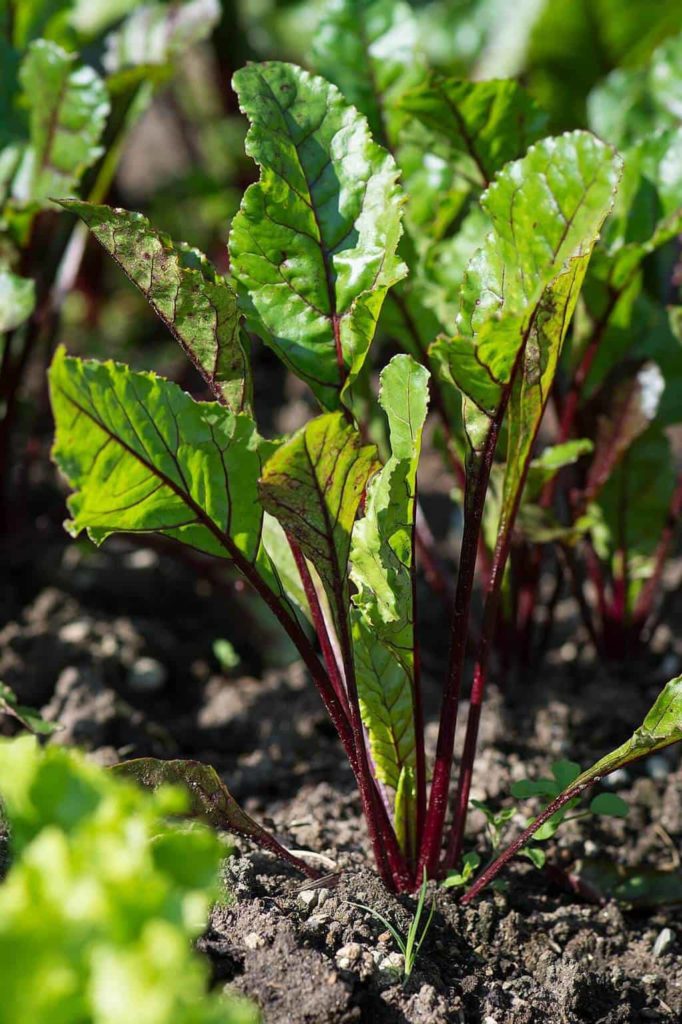
Moving Seedlings Outside - Hardening Off
Hardening Off is the process of getting plants acclimated to the outdoor environment. The elements like wind and sun as well as extreme cold can kill tender seedlings if rushed.
To harden off your plants you gradually move the plants outdoors. Start this once the days are a bit warmer. Place the plants where they will receive some sun, where it is warm but not hot and protected from any harsh winds. A protected greenhouse or cold frame is an ideal location to move the seedlings to.
Over the next week or two allow the plants to stay outdoors for a longer period of time. When you are confident they have acclimated to the outdoors fully you can proceed with planting. Covering the rows with garden fabric is an extra layer of protection in case of extreme cold weather days.
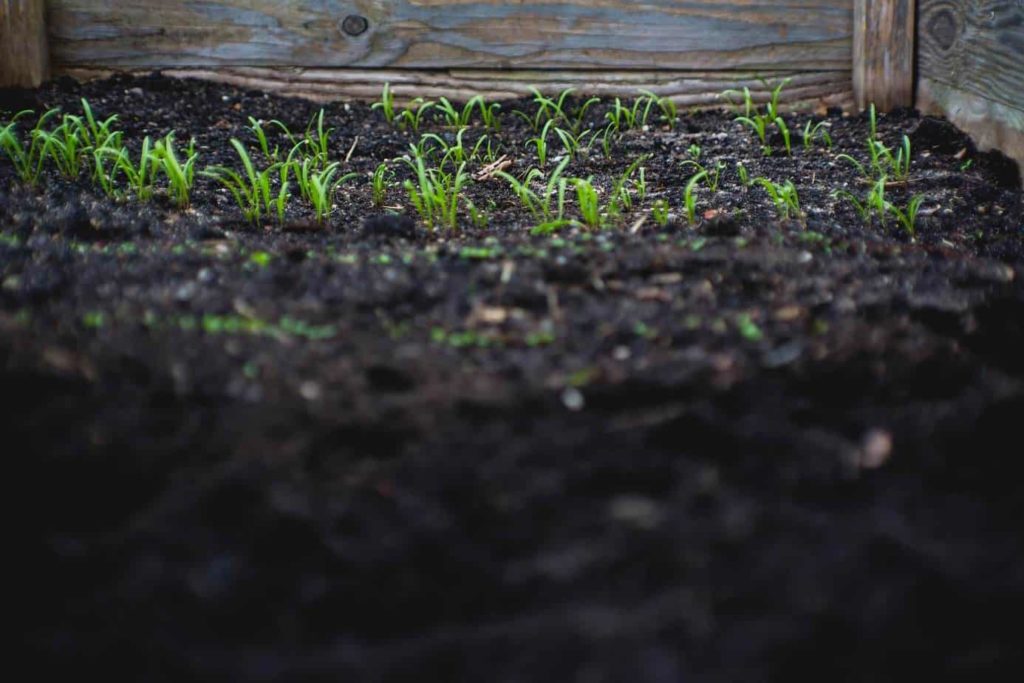
Where Should I Plant My Cool Weather Crops?
Asparagus: Plant in early spring as soon as the bed can be worked. You want to find a good sized permanent spot that will be only used for the asparagus, much like Rhubarb it is a perennial that will produce for up to 20 years. It loves full sun so keep that in mind when choosing a spot. Plants can be started by seed indoors or you can buy one year old crowns from the greenhouse or garden center.
Beets: Plant beets directly in the soil as soon as the ground can be worked in early spring. Start harvesting the leaves to be enjoyed as baby greens in a salad or grow them a touch larger to be used in dishes. You can harvest the beets as soon as they are the size of a brussels sprout.
Cabbage: often planted later in the year for a fall harvest. Light frosts will improve the sweetness of cabbage. Can be started from seeds 6 - 8 weeks before the last frost.
Carrots: like in most root vegetables, cold temperatures will stimulate the sugar accumulation in carrots. This action works like a natural antifreeze that will help in protecting the carrots from freezing damage. For a late fall to early winter harvest, sow carrots in early summer, giving them time to mature into late fall. Hardy up to -15C you can carry the harvest into winter by generously mulching the rows.
Garlic: Garlic requires a cold period to break dormancy. The best time to plant garlic is in the fall about 6 - 8 weeks before your first frost. It is very important to give them that extra time before the first frost to get their roots established. Plant the cloves pointed end up and give lots of extra room between the cloves, 5-8 inches is sufficient. Plant the cloves at a depth of 2 - 3 inches.
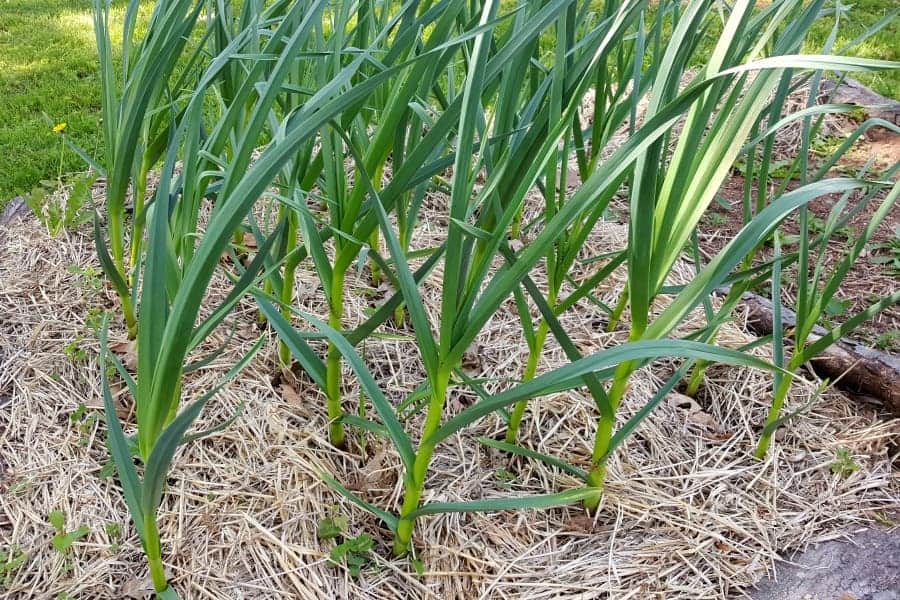
Kale: It can survive well into the winter with proper protection and will get sweeter after a couple of frosts, as cold converts its starches into sugars. In the spring you can plant as soon as the ground can be worked. For a fall crop, direct sow in full sun to partial shade about six to eight weeks before the first expected frost.
Leek: Vegetables from the allium family, such as leeks, are cold hardy. Planting leeks in early to mid summer for fall and early winter harvests. The plants are very cold hardy and will survive a hard frost.
Lettuce, Arugula, Spinach: Considered cool weather vegetables, you can start the seeds first thing in early spring, they can handle a light frost. All great for succession planting throughout the seasons.
Earlier this year we discussed How To Plan And Grow A Salad Garden if you need more detailed information on growing lettuces at home.
Parsnips: These root vegetables accumulate sugars with fall’s first frost similar to carrots. Parsnips must be started in early Spring for a late fall harvest. With growing times of 130+ day to harvest they will need the entire growing season for a bountiful harvest. You can start the seeds indoors, though they take up to 25 days to germinate so be patient.
Peas: soak your peas for 12 hours before planting to help speed germination. Plant early in the season as soon as the ground can be worked. Peas can be started indoors and moved outside when plants are 2 inches tall. Make sure to harden off the seedlings to avoid transplant shock.
Radishes: Radishes are one of the fastest growing vegetables that you can have in your garden, some being ready for harvest in as little as 3 weeks after sprouting. They prefer cooler weather so you can seed them as soon as the ground can be worked. Radishes should be directly sown into the garden. A good idea is to plant smaller rows and do succession planting every one to two weeks depending on how many you would like to harvest.
Rhubarb: Rhubarb requires temperatures below 5 °C to break dormancy and to stimulate spring growth. Rhubarb comes in crowns and should be planted a minimum of 2 feet apart. It is best to plant rhubarb as early in the season as possible. You can find crowns at the greenhouse or garden center. Choose a location that will not be disturbed as Rhubarb is perennial and will grow back for up to 20 years. Remove any flowers during the season to extend the harvest.
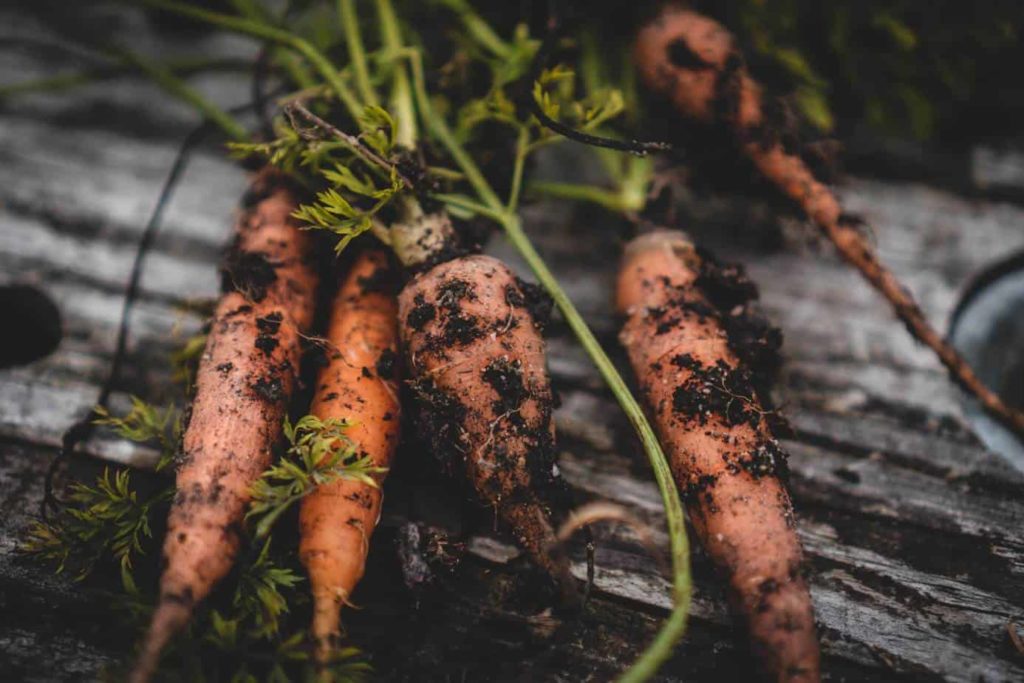
With a plan you can create a garden that will produce fresh vegetables all year round. Cool weather gardens give us the greatest opportunity to not only extend our growing seasons but allows gardeners, especially in warmer regions the chance to grow crops they usually would pass on.
Did you find this guide useful?? Comment & Rate it below, then tag me on Facebook. For more DIY gardening tips & from scratch recipes follow me on Facebook & Pinterest

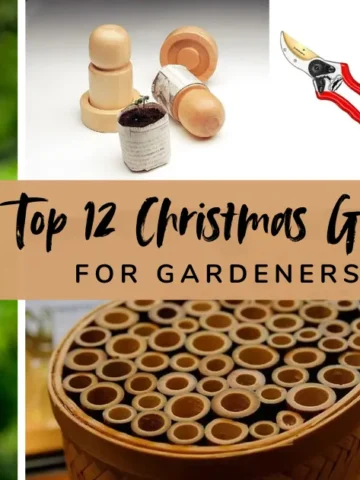
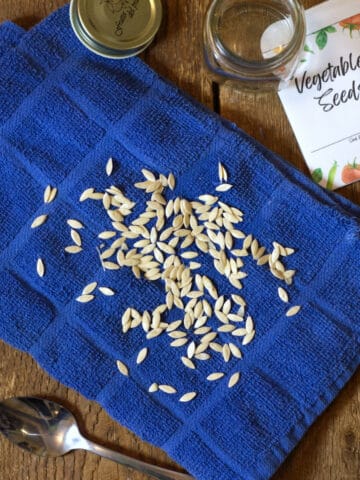
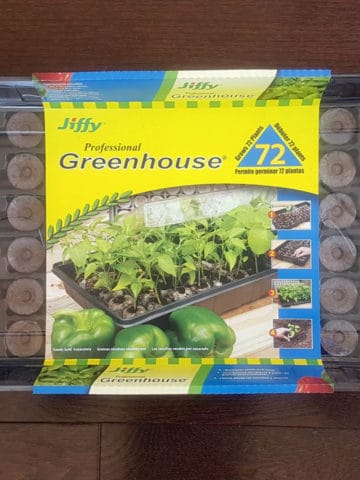
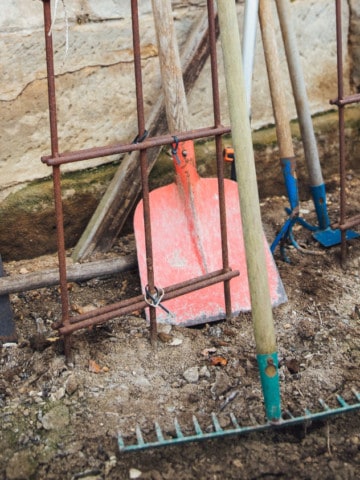
Comments
No Comments